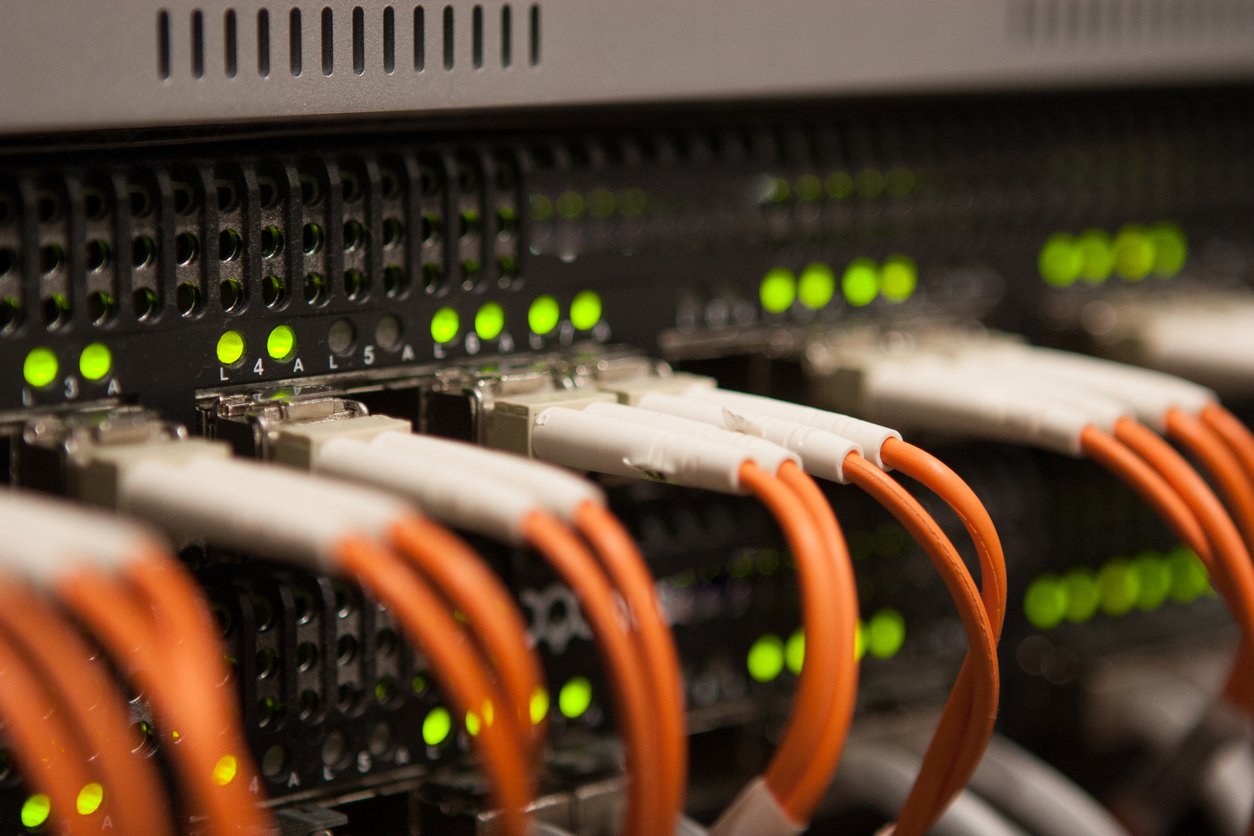Power over Ethernet: the key to a truly smart building
It is widely anticipated that the buildings of the future will be smart and green. The integration of building services with technology will enable comfortable, safe, healthy spaces while reducing their impact on the environment.
We’re still at the forefront of the smart building revolution however, and there is no common definition of what a smart building is. The expectation is that new buildings and retrofit projects should be designed to benefit from the latest technology. But how can we design a smart building when we don’t yet know what that looks like or how it will be used? And how can we ensure our smart building will be able to benefit from the continual advancement of technology?
Why PoE?
This is where Power over Ethernet (PoE) comes in. PoE is a technology that allows both power and data to be delivered in a single ethernet cable. This eliminates the need for separate power supplies for network devices, taking up less space, making it easier to power devices in difficult areas, such as ceilings, and reducing installation costs.
PoE is not a new technology but has seen significant development since its introduction over twenty years ago. Key advances mean PoE can now deliver higher power output to devices of up to 90 watts and provide the platform for transitioning to the significant energy saving potential of an internal DC grid.
Installing a PoE cable infrastructure is a cost effective way to create an intelligent building that can be developed over time. The building owner or architect doesn’t need to design an entire smart system at the outset, instead it gives the flexibility to grow a smart network and add new devices quickly and easily when required.
For building owners who are reluctant to commit to a long term investment it is an ideal solution. With a PoE cabling infrastructure in place the critical data collection process can begin on day one. As this data is analysed, sustainability or health and wellness actionable insights are identified, where smart devices to address these issues can be quickly connected into the cabling network, resulting in better employee experiences and sustainable operations.
PoE devices are straightforward to install, offering a ‘plug and play’ capability. PoE cables are safe to touch, and as no additional electrical wiring is needed, installation costs can be significantly reduced.
Prysmian has developed a cost effective smart building solution powered with a PoE cabling infrastructure: Digital Building Solutions (DBS).
The solution includes a number of PoE applications such as lighting, emergency lighting and environmental sensors together with IoT gateways, an essential component in an IoT ecosystem.
A control software platform manages the devices on the network and analyses the data they’re supplying. This negates the requirement to install a costly building management system (BMS) in advance, although the DBS software uses MQTT, an open protocol which can be easily and cost effectively integrated into any existing BMS that is already installed. Additionally, any other applications that use a similar open protocol can be added, regardless of supplier.
The Prysmian IoT gateway uses EnOcean and Bluetooth protocols which are common in thousands of smart building sensor devices. This allows the building owner or architect maximum flexibility in the design of their building. In addition, EnOcean devices such as energy harvesting sensors and kinetic energy switches add to the sustainability of the smart building deployment.
This is a solution that can be developed over time as reduced operating costs are delivered, with no requirement to make a large initial outlay or to sign off on the design of a ‘complete’ system. Applications don’t need to be added to the network until they are required. As data is collected the building owner gains a better understanding of inefficiencies within the building, identifying devices to add to the network to enable the building to run more efficiently. With the infrastructure already in place new devices are easily added with little expense and instantly start contributing to more efficient building operation.
As the future of smart buildings continues to evolve, Power over Ethernet offers a scalable, cost-effective foundation that ensures buildings can keep pace with technological advancements. By investing in a PoE infrastructure today, businesses can future-proof their operations, reduce environmental impact, and seamlessly adapt to emerging innovations in building technology.
For more information on Digital Building Solutions visit https://uk.prysmian.com/markets/digital-solutions/dbs



